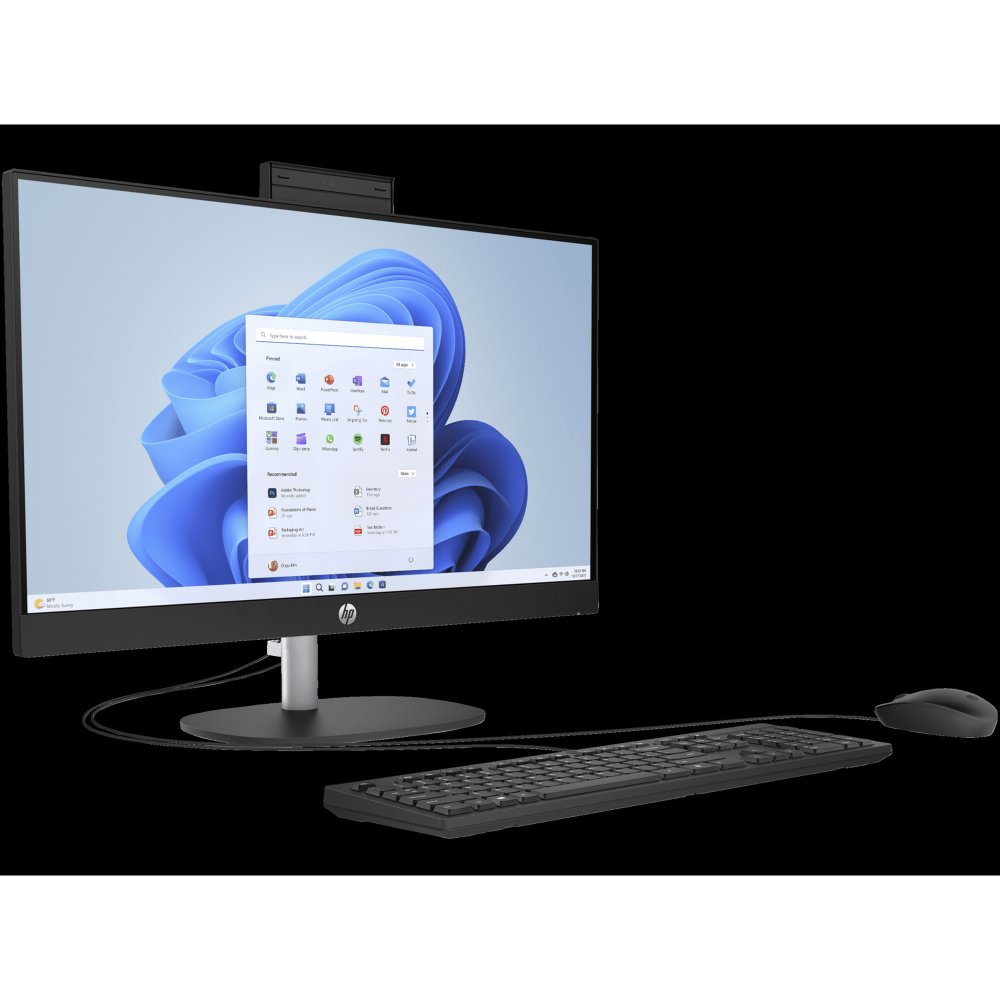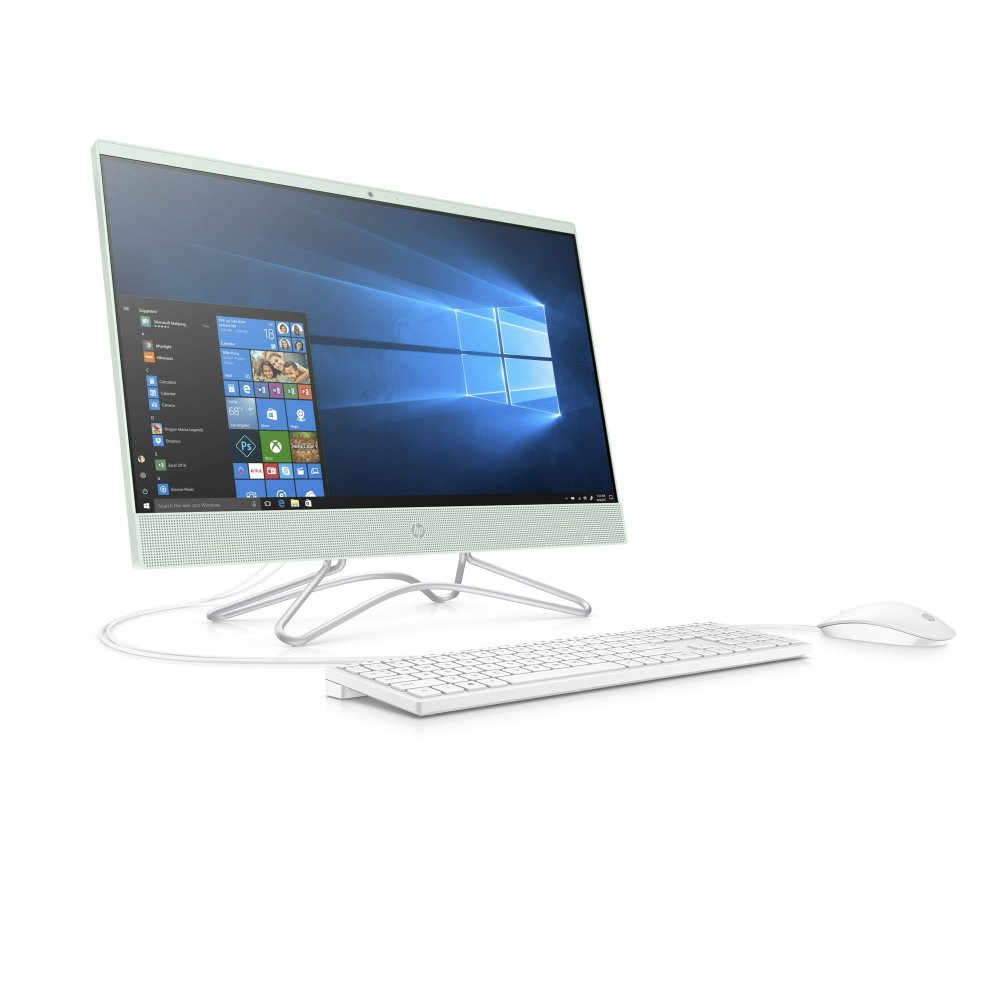Introduction to Graphics Cards and Their Importance
Graphics cards are vital to your computer’s visual output. They render images, videos, and animations onto your monitor. Gamers, video editors, and professionals using 3D modeling software need powerful graphics cards. They provide the necessary power for these tasks’ heavy visuals. With the evolution of digital media, even average users benefit from a good graphics card. It makes sure that streaming, surfing, and simple graphic work go smoothly.
Knowing how to see what graphics card you have helps you understand its capabilities. It also guides you when you need an upgrade. Most programs and games have minimum graphics requirements. By determining your graphics card, you can ensure your system meets or exceeds these standards. It also aids in troubleshooting issues related to graphics performance.
In short, a graphics card is key to your computer’s performance and your digital experience. In the following sections, we will guide you on how to check your graphics card details across different operating systems. This knowledge is essential for optimizing your system’s performance and planning future upgrades.

Methods to Check Your Graphics Card in Windows
For Windows users, there are several straightforward methods to determine what graphics card is in your system. Each technique is user-friendly and only requires a few steps to obtain the information you need.
Using Device Manager
The Device Manager in Windows is a powerful tool that lets you view and manage the hardware connected to your computer. To check your graphics card using Device Manager:
- Right-click on the Start menu and select ‘Device Manager’.
- Navigate to ‘Display adapters’.
- Expand the section to see the name and model of your graphics card.
This method provides a quick glance at your GPU, but for more detailed information, you may want to explore other options.
Through Display Settings
Windows Display Settings offers another way to find graphics card details:
- Right-click on your desktop and choose ‘Display settings’.
- Scroll down and click on ‘Advanced display settings’.
- Under ‘Display information’, find the link that says ‘Display adapter properties’.
- This will open a window with your graphics card information.
Though not as detailed as Device Manager, this path also gives a brief rundown of your GPU’s capabilities.
With DirectX Diagnostic Tool
The DirectX Diagnostic Tool is a valuable resource for not just your graphics card info but also for diagnosing any issues with multimedia applications:
- Press ‘Windows + R’ to open the Run dialog box.
- Type ‘dxdiag’ and press Enter.
- When the tool opens, navigate to the ‘Display’ tab.
Here, you’ll find a wealth of information about your graphics card, including drivers and other essential details. This tool is especially useful for gamers and professionals who need to know the specifics of their GPU for optimal performance.
Finding Out Graphics Card Information on a Mac
Mac users can find their graphics card details using built-in system tools. These methods are quick and easy to use.
System Report
The System Report is a comprehensive tool for all hardware information. Here’s how to access it:
- Click on the Apple icon in the top left corner.
- Choose ‘About This Mac’ from the dropdown.
- In the Overview tab, click on ‘System Report’.
- Select ‘Graphics/Displays’ in the Hardware section.
- Find your graphics card details listed here.
The System Report offers an in-depth view of your graphics card specs and other hardware components.
About This Mac
For a quick check of your graphics card model:
- Click the Apple icon at the top of your screen.
- Select ‘About This Mac’.
- Look for the ‘Graphics’ section in the Overview tab.
This simple summary is useful for a fast look at your GPU type. It’s handy when you need to quickly know what graphics card you have.

Checking Graphics Card Details on Linux Systems
Linux systems provide flexibility with a variety of tools to check your graphics card information. Whether you prefer using the command line or graphical system tools, Linux caters to all levels of users.
Command Line Interface
For those comfortable with the terminal, the command line interface (CLI) is a powerful way to find detailed graphics card information. Enter the following commands to uncover your GPU details:
- Open the terminal.
- Type
lspci -v | grep "VGA"to list all PCI devices of the VGA class. - Look for lines that indicate the graphics card’s manufacturer and model.
The lspci command provides a precise overview of your system’s hardware. It’s a valuable method for users who need a comprehensive report or who are troubleshooting.
Graphical System Tools
If the command line isn’t your preference, Linux offers graphical system tools that provide a user-friendly interface to check your graphics hardware:
- Access your system’s ‘Settings’.
- Navigate to ‘Details’ or ‘System Information’.
- Look for a ‘Graphics’ or ‘Display’ section.
These tools vary depending on your Linux distribution. Popular choices like Ubuntu’s ‘Settings’ > ‘About’ make it easy to find graphics card information with a few clicks. These graphical tools are especially convenient for users who favor visual interaction over text commands.
Whether you use the CLI or graphical tools, you’ll get a clear picture of your graphics card capabilities. Knowing how to see what graphics card you have is critical for ensuring compatibility with software, planning upgrades, or addressing performance issues.
Third-Party Software Options for GPU Identification
Apart from the built-in tools in various operating systems, several third-party software programs can help you identify your graphics card details with greater depth. These applications are designed to provide extensive information about your computer’s hardware. Let’s explore some popular options.
GPU-Z
GPU-Z is a lightweight utility that specializes in providing detailed information about your graphics card. Here’s how to use it:
- Download and install GPU-Z from its official website.
- Launch the program after installation.
- Look at the ‘Graphics Card’ tab to view your GPU’s specifics, like the chipset, memory type, and size.
GPU-Z is user-friendly and it’s a favorite among gamers and tech enthusiasts for its detailed breakdown of GPU data.
CPUID
CPUID, particularly its CPU-Z software, offers a wide array of information, not just about the GPU but also about the CPU and other system components. To check your graphics card:
- Download CPU-Z from the CPUID website.
- Install and open the application.
- Switch to the ‘Graphics’ tab to see detailed information about your GPU.
CPUID is trusted for its detailed and accurate hardware analysis, making it a good option for a comprehensive system checkup.
Speccy
Speccy is another versatile tool which provides a summary as well as detailed data about your computer’s hardware. To identify your graphics card with Speccy:
- Download and install Speccy from its official site.
- Start the program and click on the ‘Graphics’ category.
- Review the detailed information provided about your GPU.
The clear interface of Speccy makes it accessible even for those who are not tech-savvy, allowing a quick glimpse into their system’s health and specs.
In summary, these third-party software options not only tell you how to see what graphics card you have but delve into the nitty-gritty, providing thorough insights perfect for when you’re considering upgrades or troubleshooting issues.

Understanding the Specifications of Your Graphics Card
When you check your graphics card details, you’ll see terms like GPU, memory, and chipset. Each term has its importance in your card’s performance. Here, we will decode these terms to help you understand the specifications of your graphics card.
GPU Model
The GPU model tells you the make and version of your graphics card. It defines its base performance. The model is essential for determining compatibility with games or software.
Memory Size
Memory size refers to the video RAM your card has. More VRAM can handle higher-resolution textures and better performance in games.
Memory Type
The type of memory, like GDDR5 or GDDR6, affects speed and efficiency. Newer memory types usually mean better performance.
Core Clock
The core clock speed measures how fast your GPU processes data. Higher speeds can translate to smoother graphics handling.
Memory Clock
The memory clock speed is how quickly the card’s memory moves data. Faster speeds can also lead to better performance.
Bus Width
Bus width is about how much data can pass through at once. A wider bus means the GPU can process more data per cycle, improving performance.
Outputs
Outputs tell you what type of connection ports are available. They let you know how you can connect your card to displays.
Understanding these terms helps you assess your card’s capabilities. You can see if your current graphics card fits your needs or if an upgrade might be due. Knowing how to see what graphics card you have and its specs is key to optimizing your system’s performance. It empowers you to make informed decisions about hardware upgrades.
When to Consider Upgrading Your Graphics Card
Knowing how to see what graphics card you have is just the starting point. Deciding when to upgrade is the next step. Here are a few signs that it might be time for an upgrade:
- Poor Performance in Latest Games: If new games stutter or won’t run at their highest settings, it’s a sign.
- Frequent Crashes: Graphics-heavy tasks cause crashes? Your GPU might struggle with the load.
- Age of Your Graphics Card: If your card is several years old, it may not keep up with newer software.
- VRAM Limitations: When your current GPU’s VRAM isn’t enough for advanced tasks, consider more memory.
- Compatibility Issues: Software upgrades demand better GPUs; yours must match to function well.
- High Energy Consumption: Newer cards are more efficient. An upgrade could mean energy savings.
- Better Multimedia Experience: Want enhanced video editing or improved 3D rendering? A better GPU can help.
In essence, if your graphics card can’t handle your computing needs, it’s time to look for an upgrade. Make sure you understand your current card’s capabilities and match your new card to the demands of your software and workloads. An upgrade can breathe new life into your system, ensuring smoother performance for years to come.